Before the Job and Internship Fair
Your skills and strengths are qualities, mindsets, tools, and knowledge that you have to share, and you should understand them well in order to engage fully and effectively in the job/internship search process. Knowing what you have to offer will allow you to identify jobs that are a good match for you.
Get support in identifying your skills and strengths. Talk with family, friends, and mentors about what they appreciate about you or meet with a Loeb Center advisor to reflect on experiences where you felt like your best self.
View and search the current and growing list of participating organizations. Identify the ones you are most interested in. Focus on the organization’s mission, culture, and skills valued. Make sure to check out the open jobs and internship opportunities at the organization. Prepare at least three questions for each employer based on your research.
Your resume is an opportunity to succinctly showcase your relevant experiences and skills in one page. Do your position descriptions include outcomes and impact of your work? Is it up-to-date and reflective of the strengths and skills you’ve developed over time? Employers may have the option to collect resumes through Handshake in advance of their career fair sessions.
Review our Resume How-to Guide and resume samples to update your resume with best practices in mind.
Important: Make sure you have your resume marked as Visible if you’d like to be included in the employer’s resume download from their RSVPs list! For more information and to learn how to make your resume visible, read Handshake’s Understanding Document Visibility.
Is your preferred name included in your profile? Is your graduation date, school year, major, GPA (calculated on a 4.0 scale), and work authorization information accurate? Beyond these basics, select the job types, locations, and roles that interest you, so recruiters know which jobs and internships might be a good fit for you. Add courses, skills, and links to portfolios or projects. Add previous work experience, such as on-campus jobs or internships.
Scheduling one-on-ones with employers at the meetup will grant employers access to your profile to help guide their conversations with you. To participate in a group session, you will need to set your profile visibility to Community. Make sure your privacy settings are updated. For more information, refer to Profile Privacy Options in Handshake.
You may also want to review the Loeb Center’s How-to Guide for Managing Your Online Profiles.
You will want to present your best self, which includes your attire. Business casual is appropriate. This can include a dress, an ironed, button-up shirt or blouse, a sweater, or jacket. We strongly discourage you from showing up in a sweatshirt or t-shirt.
Need outfit inspiration? Find ideas on Pinterest by searching for “Career Fair outfits.”
For students on campus, the Loeb Center Clothing Closet is available. Email careers@amherst.edu to schedule an appointment to look through the variety of jackets, dresses, shirts, ties, and other accessories.
For those not on campus, you might consider asking a friend or family member to borrow something appropriate to wear.
Find a clean, quiet, well-lit space. Try to limit potential distractions for yourself and for recruiters. Plan where you will sit during the event ahead of time; make sure it’s quiet and there is a neutral background behind you. This will help to keep the recruiter’s eye focused on you. The day before the fair, you might want to try on a few different business casual outfits. Allow time to wash and iron anything you might wear.
Test your internet connection, webcam, and microphone quality. Handshake recommends using your laptop or desktop. Use Chrome or Firefox for the best experience. Alternatively, if you are using a mobile device, download and use the Handshake app, not a native mobile browser, for a more seamless user experience. Troubleshoot tech settings before the meetup. Make sure to have backup options if technical glitches do occur (i.e. a phone nearby if you need to call in).
Most one-on-one sessions are only 10 minutes long. Prepare a few concise talking points. For example: “I am Violet, a junior double majoring in Philosophy and American Studies. I spent this past summer working remotely as a Project Management Intern at Github, where I planned and analyzed production life cycles. I am hoping to find an internship this summer where I can enhance my data analysis skills and further explore my interests in product, technology, and project management.”
Review our Networking How-To Guide to learn more about building professional relationships.
Watch the Big Interview “Tell Me About Yourself” video (in the Fast Track curriculum, under Acing Common Questions) to learn how to respond to this common interview question. Then, practice answering the question in a Big Interview practice interview.
